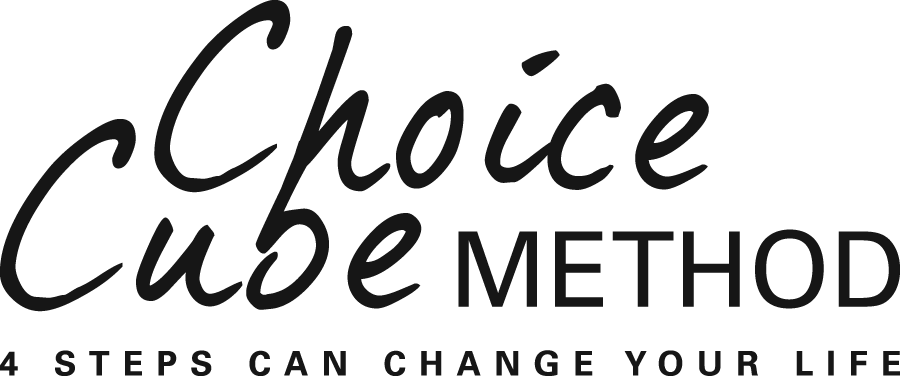MIND YOUR FOCUS -- FOCUS YOUR MIND
/| IS LIFE A JOY OR A BURDEN? Life can feel like a joy or a burden. It all depends on how quickly we shift from fear, anger, or depression back to joy, excitement, and hope. Here’s some important news. Feeling good or bad, depends on our focus. IT ALL DEPENDS ON OUR FOCUS What exactly, you might ask, is “focus?” Focus is whatever we concentrate on—whatever fills our mind. A positive focus such as: I enjoy my job. The kids are doing well. I have great friends. It’s rough now, but we’ll succeed. will result in positive emotions. A negative focus such as: Nobody cares about me. I’m stupid. It’s all her fault. Things will never get better.will fill us with negative emotions. | ||||||
First, we take full responsibility for what we think, feel, and do! We don’t really change others.
We can only change ourselves. And if we focus on trying to change others, we usually fail to change them or ourselves. Finally, we wear ourselves out and give up.
HOW DO WE CHANGE OUR FOCUS?
| Also, in difficult situations—ones we can’t change—we can still change how we look at them. Instead of focusing on the problem, we can focus on problem solving and gaining success. Note also the box above and that whatever we focus on, good or bad, often becomes a “self-fulfilling prophecy.” Second, consider the fact that our bodies give messages to our minds and emotions. If I’m collapsed, shoulders dragging and mouth drooping, my body and face are telling my mind and emotions that I’m depressed. Or, if my boss irritates me and I’m tense, clenching my fists and breathing hard, I’m signaling my brain and emotions that I’m ready to fight. Let’s be smart. We can train ourselves to manage stress. Let's use our bodies and faces to send pep-up or slow-down messages to our brains and emotions instead of messages that will keep us stuck or out of control. Third, watch that inner critic! Our inner critic--the negative voice in our head---can also fill our mind with painful and limiting thoughts and pictures. For example, “I messed up again. I’m a loser. I’ll never succeed. What a failure I am. I’ll never be healthy. Life is meaningless. It’s hopeless. *** NOW WHAT? Maybe we don’t want to take responsibility, change our body messages, or manage the inner critic. What then? Good question. It’s your call. Sometimes we need more pain before we are ready and willing to make these important changes. Indeed, sometimes, the pain of not changing must seem greater than the pain of changing or we won’t make the effort. But, maybe you’ve had enough pain and frustration. You’re ready to take responsibility; stay aware and make some changes. If so, I have good news. You can find immediate relief, plus retrain your mind and rewire your brain for lasting changes. How? GIVE THE BOOK AND THE CHOICE-CUBE METHOD A TRY Take a look at Dr. Beth Blevins Cujé s self-help book Become the Person You Were Meant to Be – The Choice-Cube Method: Step by Step to Choice and Change (available at www.amazon.com) The book and method equip you with and a mental framework, time-tested tools and four key steps. Learn how to use them to record over old unhealthy habits, and create new healthy ones. Reprogram yourself, get free, and become the person you were meant to be! |





